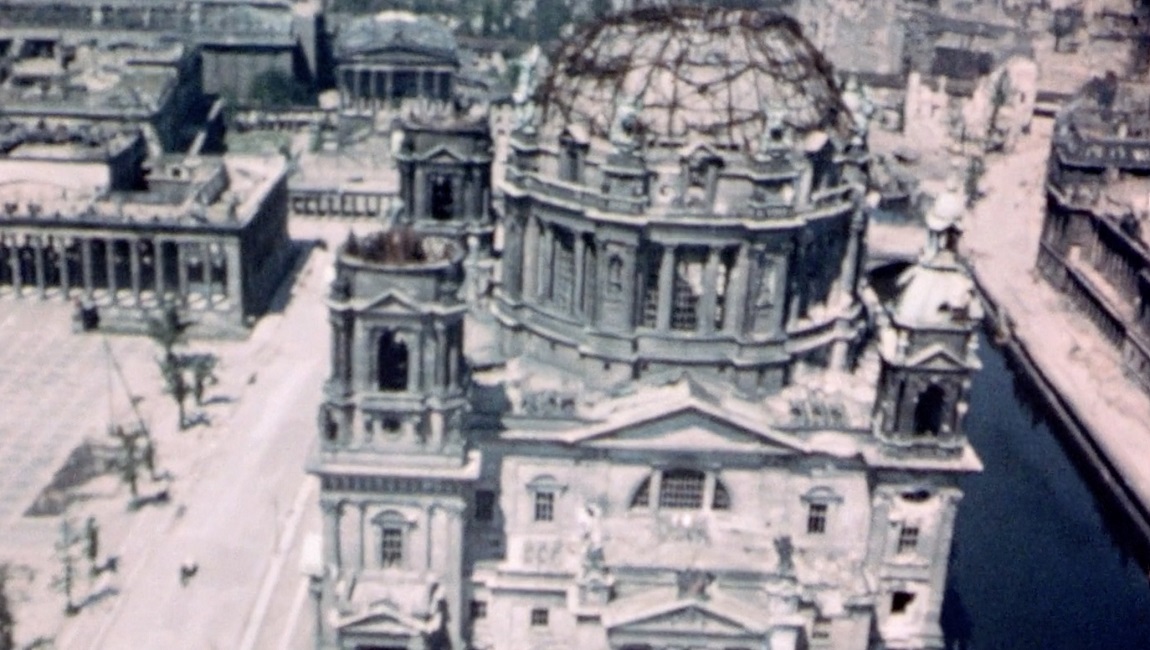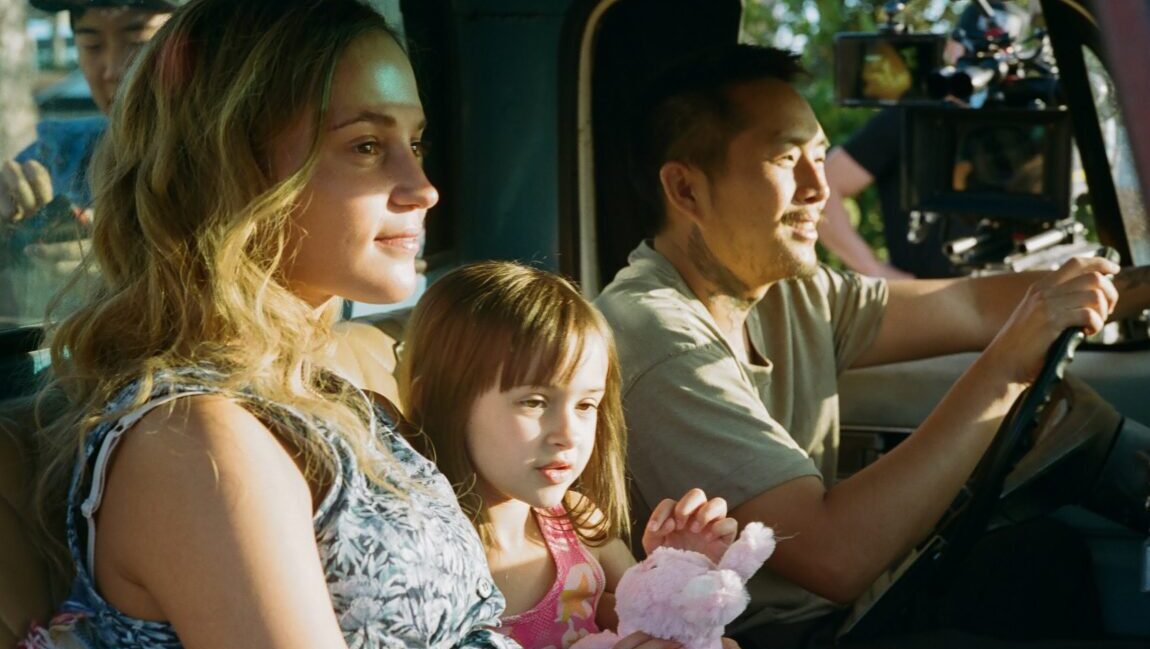Given the ongoing international crisis unfolding in Ukraine, the films of Sergei Loznitsa — born in Belarus but raised in Kiev, and now living in Germany — have taken on a sudden currency as both prophetic warnings and dispatches from a largely unknown culture, at least to most Westerners. With 2010’s My Joy, Loznitsa was diagnosing the sick soul of modern Russia well over a decade ago, while 2018’s Donbass chronicled the dangerous internecine fighting in the region well before most mainstream news media was paying attention. Besides his fiction films, Loznitsa has also been constructing documentaries from restored archival footage for years. It’s here that he best showcases his virtuoso ability to sift through and corral reams of historical footage into opaque, poetic, and harrowing political tracts. Taken all together, it’s a body of work deeply concerned with the horrors of the 20th century, and how those horrors have managed to seep into the 21st. He is, ultimately, performing a pedagogical and ethical service, reconstructing images that don’t want to be seen, or need to be seen in a different way.
Following last year’s Babi Yar: Context, his new film The Natural History of Destruction takes its titles from W.G. Sebald’s collection of essays published under the same name. These writings are primarily concerned with the devastation wrought upon the civilian population of Germany during Allied bombings of major cities toward the end of WWII. In Sebald’s view, it was a profound failure of German literature to deal with the aftermath of these attacks, presumably out of guilt or fear. Loznitsa doesn’t detail any of this in his film; as usual, there are no talking heads or contextualizing infographics. But it’s a necessary framework with which to view his project. Organized linearly, like a narrative, Loznitsa shows footage of German people going about their everyday lives, before then moving into a long sequence of armament manufacturing and then nightmarish nighttime air raids. There’s footage of the aftermath, then another sequence of daytime attacks followed by many scenes of people going about their new reality in the crumbling remains of homes and businesses. It’s remarkable stuff, truly bringing history to life, as the cliché goes. The nighttime aerial footage is startlingly beautiful, almost abstract in its emphasis on small pinpoints of light appearing against a pitch-black background. They vary in size, appearing in clusters like stars. The lights are, of course, bombs making impact; Loznitsa lets these scenes run at length, allowing the formal and aesthetic qualities of the images to fade away as the sheer scale of the carpet bombing becomes more clear. Sequences of machines at work are no less fascinating for their glimpses into the mechanical and engineering ingenuity that will ultimately allow for the destruction we will bear witness to. It’s not just a rhetorical gesture, either. How much pain one country is willing to visit upon another is very much an ongoing concern, whether one is the aggressor or victim.
Loznitsa does make room for a couple of archival speeches, one of a British commander praising workers for their efforts on the home front, another of Churchill himself suggesting that any German who doesn’t want to be killed during strikes should simply “move out of the city and to the country.” It’s a brutal juxtaposition, these speeches alongside footage of corpses strewn about streets and trapped under rubble, and an overall bracing work — the viewer can almost feel the righteous anger emanating from the screen. While earlier films State Funeral and Austerlitz (another Sebald connection) have arguably erred on the side of being too loose, too expansive, Loznitsa has crystallized his focus with Babi Yar: Context and now Destruction. It’s a remarkable, and necessary, body of work, an ongoing interrogation of our horrified shared past and present.
Published as part of Cannes Film Festival 2022 — Dispatch 2.







